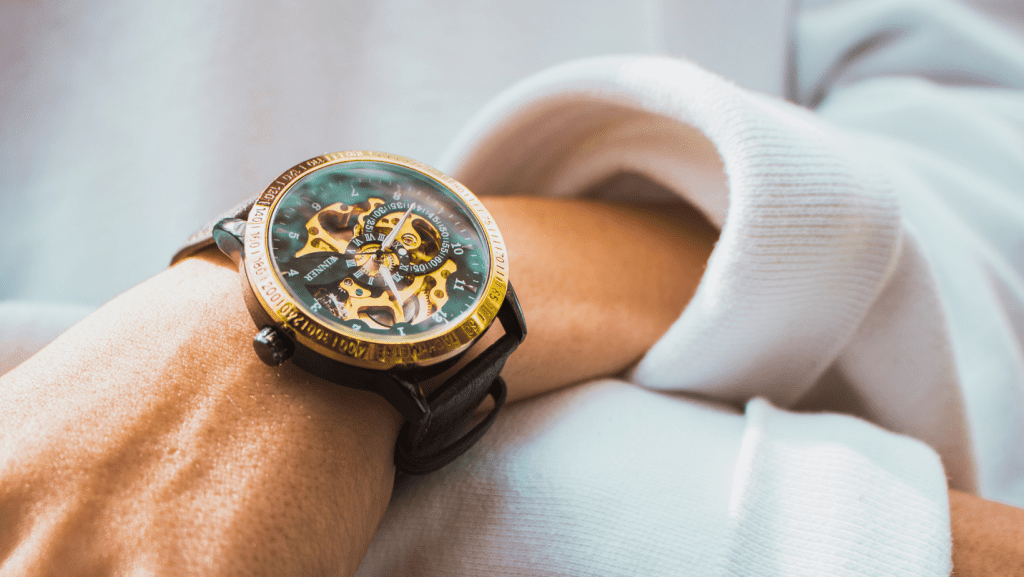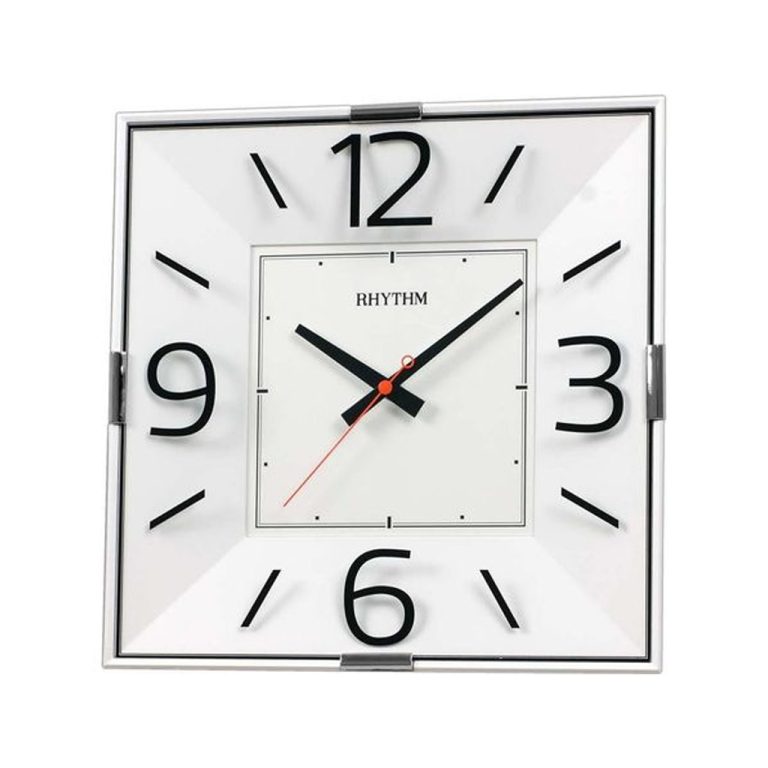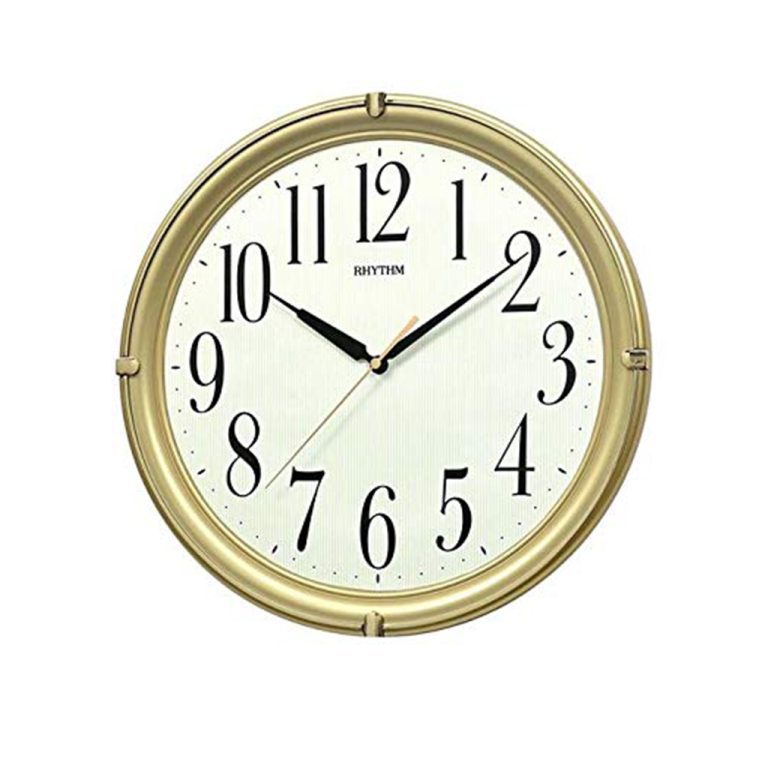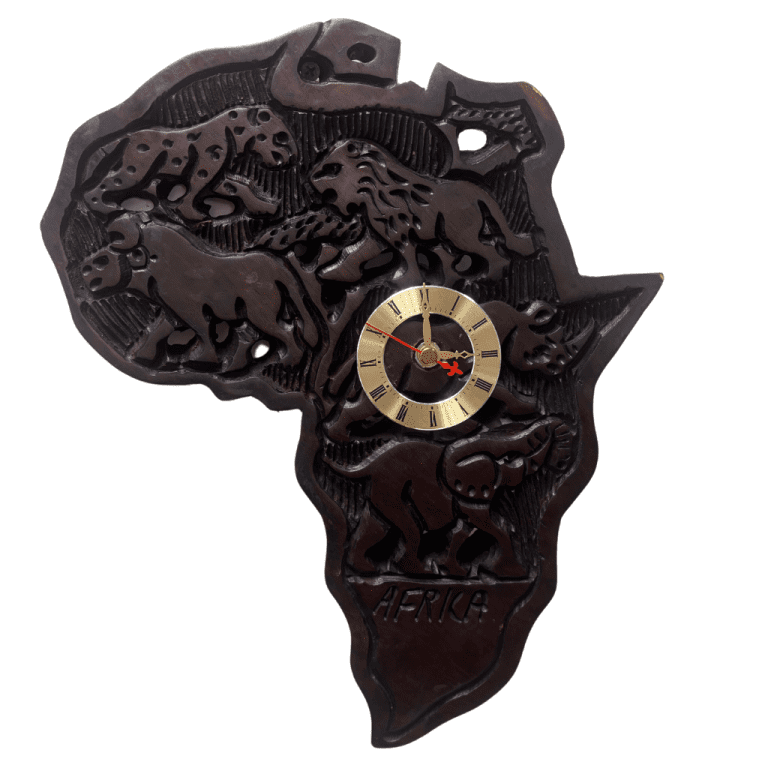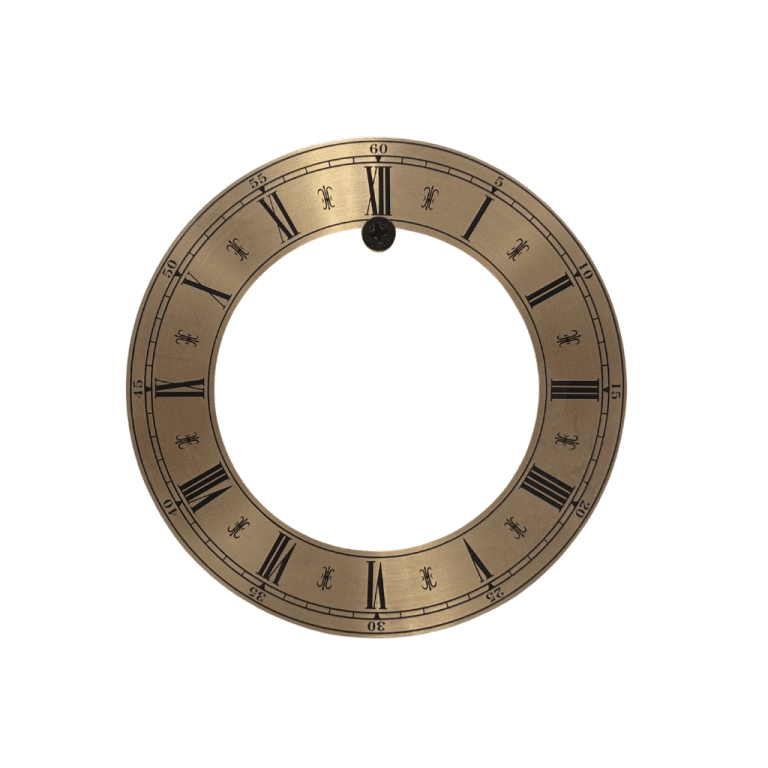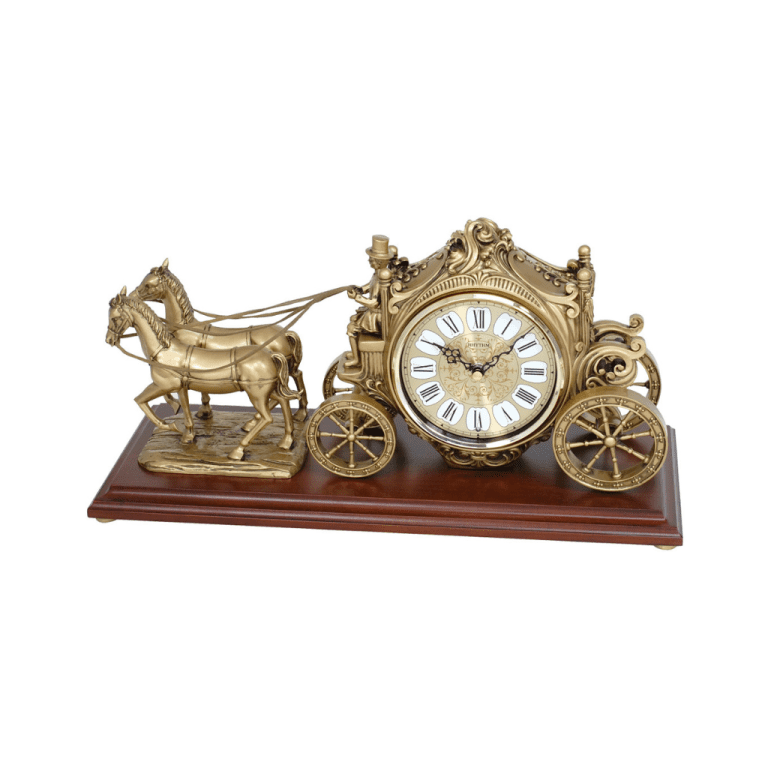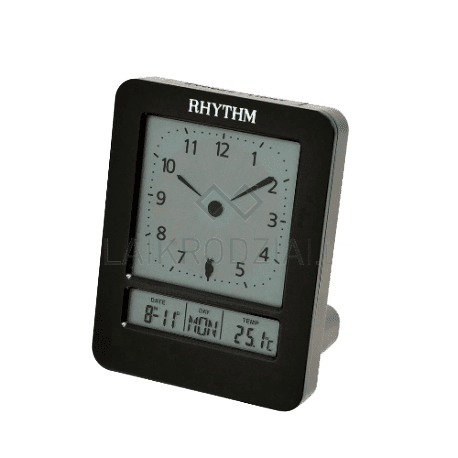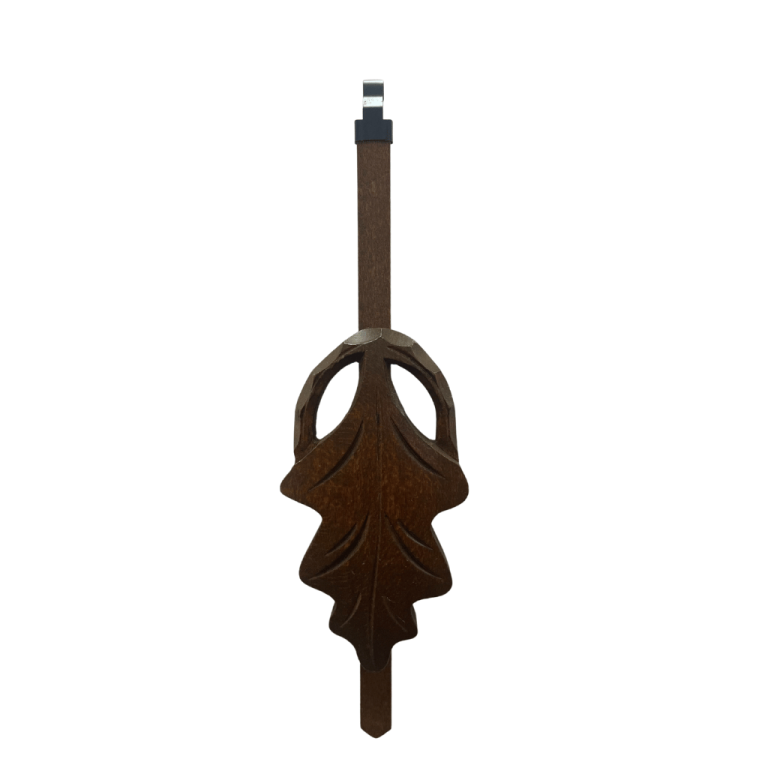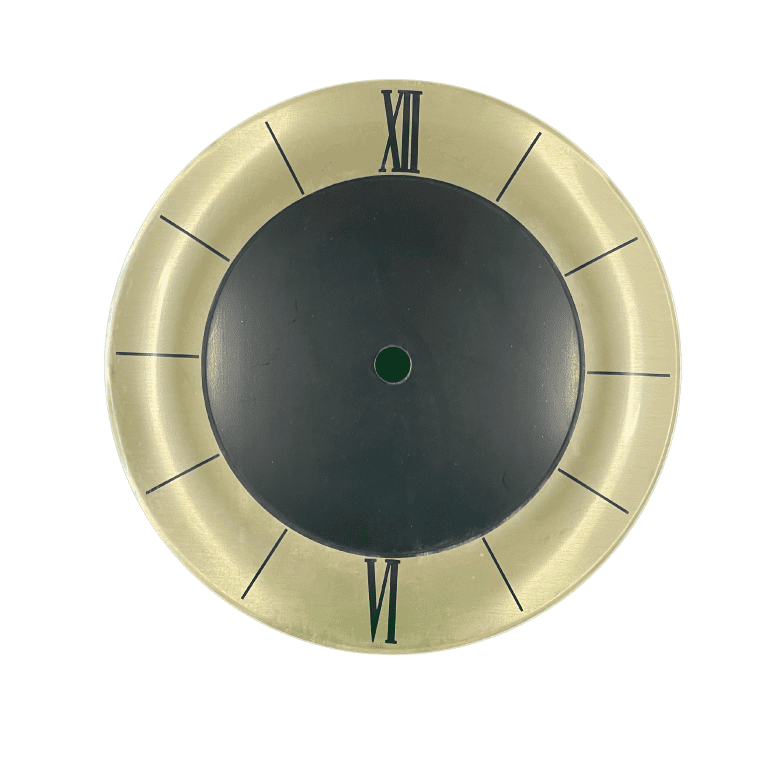The wristwatch. We have all worn one at least once in our lives. Some of us even wear it almost permanently. However, this familiar object is a recent invention, a small technological miracle that revolutionized, in its time, the daily life of people. The wristwatch was, in a way, the smartphone of the 20th century.
TIME : A CONCEPT IN REVOLUTION
For thousands of years, time was measured only approximately. One could find one’s bearings as best as one could in the sun and one evoked duration by referring to an action (for example: “to finish this task will take me the time to go from the village to the well”). Clock-making did not appear until the 14th century, developed by Catholic monks who wanted to strictly regulate their daily routine.
But what changed our relationship to time was the Industrial Revolution. In the 19th century, urban populations had to live at the same rhythm: that of the cadences, the rotations and the train schedules. Suddenly, one is “on time”, “early” or “late”. So clocks are no longer enough: we have to carry time with us.
FROM PROTOTYPE TO MASS DISTRIBUTION
In the 19th century, it was the triumph of the pocket watch, attached to a chain and slipped into the pocket. However, the idea of wearing the time on the wrist goes back a long way. In 1571, Elizabeth I of England received a gift of an “arm watch”: a small clock mounted on a bracelet. But it was not until 1904 that Swiss Hans Wilsdorf and Frenchman Louis Cartier created the modern wristwatch. Intended for women, it quickly became a universal fashion accessory.
WRISTWATCH : ETYMOLOGY OF AN EVERYDAY OBJECT
The word “watch” emerged in the 16th century. Its origin is obvious: a clock simply “shows” the time. Over time, the term came to refer specifically to wearable accessories. The etymology of the word “bracelet” is less clear: it comes from the Old French “brac” or “bracel” (“arm”), from the Low Latin “brachialis” or from the Spanish “brazalete”.
Credited to:https://www.beaubleu-paris.com/

